#mycenaean age
Explore tagged Tumblr posts
Text

mycenaean miku
she was there singing on the beaches of llion. homer copied the catalogue of ships from her.
#hatsune miku#tagamemnon#my art#based on several frescoes including my FAVORITE goddess wearing boar's tusk helmet with baby griffon#miku worldwide#artwork#ancient greece#bronze age#the iliad#artists on tumblr#putting my classics degrees to work#she doesnt have six fingers on her left hand that is her thumb the mycenaeans also struggled with hands and I kept that#ISAAC REQUESTED THIS AND I HAD TO
11K notes
·
View notes
Text

Odyssey's ship leaving Ithaca (2024)
Penelope and Telemachus look at Odysseus's ship sailing away... Illustration for Homer's Odyssey
#marysmirages#mycenaean greece#ancient greek mythology#bronze age#odysseus#odyssey#penelope#telemachus#art#homer#ship#sea#ancientgreece
1K notes
·
View notes
Text

A Minoan princess and a Mycenaean prince: two character designs for a webcomic I may or may not make.
#Maite#Maite comic#Minoan#ancient crete#mythology inspired#mycenaean#bronze age#Bronze Age inspired#chrysanthe of Phaistos
62 notes
·
View notes
Text

"Mycenaean women put their own spindles to splendid use, producing luscious cloaks and long, richly patterned or striped skirts. Far from resigning themselves to the weaving rooms, they travelled in chariots, performed songs or poetry to the accompaniment of lyres, and carried wheatsheaves for public ceremonies and rituals, as vibrantly coloured frescoes from the palace at Mycenae reveal. In one of the most enigmatic paintings, one woman holds a sword, another a spear, while two tiny men, one painted red and the other black, float mysteriously between them, like toy models or thought bubbles. Through their contact with the divine, perhaps, the women pictured gain agency over the men’s fate. Hera, Zeus, Poseidon and a female birth and death goddess known as Potnia were among the deities the Mycenaeans are known to have worshipped. While Mycenaean women clearly played an important role in religion, their political position within the palaces was weaker than that of their Minoan counterparts, and secondary to the men’s. Each Mycenaean palace complex was presided over by a male ‘wa-na-ka’ or wanax.
Surviving clay writing tablets provide just as fascinating an insight into the lives of women in the real palaces of the Mycenaean era. The fullest collection of tablets comes from a pair of rooms in the palace complex of Pylos, but Knossos, the former Minoan capital, was also a key repository. A total of 4,476 tablets have been preserved across the two sites. Among these there are references to more than 2,000 different women. Unlike Linear A, the Minoans’ writing system, the Mycenaeans’ similarly syllabic Linear B has been successfully deciphered. Working (as opposed to non-working elite) women were denoted by signs resembling an abstract impression of the female form. ‘Woman’ was conveyed by two dots for breasts, legs joined to suggest a long skirt of the kind Mycenaean women wore, and a curved line where her head would be, suggestive of long or dressed hair (in the sign for a man, by contrast, there is a straight line for the head).
The women referred to in the tablets were employed in a wide range of jobs, many of them familiar from the Homeric epics. In the Odyssey, women grind wheat and barley, ‘the marrow of men’, at mills. There were ‘flour-grinders’ at the palace in Pylos. In both epics, women weave, whether royal or servile. Andromache works in the Trojan palace with a loom and distaff while ordering her servant women about their work. Helen embroiders a purple cloth with scenes from the Trojan War as if she were telling the story of the poem herself. And as we have seen, Penelope weaves and unweaves a funeral shroud for her father-in-law, Laertes. The women who wove at Pylos and Knossos were no less versatile in their handiwork. They managed something like a textile industry, producing goods for export as well as the palace community, and worked in groups according to specialism. There were wool-spinners and carders, linen- and leather-workers, finishers and headband-makers for horses. These women usually worked separately from men, but at Pylos there is evidence that at least two women, Wordieia and Amphehia, formed part of a mixed leather-making group.
Working groups were the modus operandi at the Mycenaean palaces. Women were usually accompanied by boys and girls, presumably their own children, as they went about their tasks. Many were divided also according to their geographical region. Pylos was split into sixteen districts over two provinces, Nearer and Further, separated by Mount Aigaleo. The palace-workers came from more than 200 named places, some of which may have been local streets, while others, including Lemnos, Miletus and Knidos, lay further afield. It is possible that, like the Sidonian (Phoenician) women carried to Troy by Paris in the Iliad to weave fine robes for the court, some of the women working in the Mycenaean palaces had been enslaved.
Although the women were engaged in hard, practical labour, their work was recognised as highly skilled, and the Mycenaeans took some pride in it. Men were sometimes described on tablets as being the offspring of women of particular crafts, for example, ‘sons of flax-workers’. Female workers were allocated the same amount of food in the regular distributions as their male counterparts, and twice as much as their children, whereas in Babylonia, men typically received three times the female ration.
A mysterious senior class of priestess at Pylos known as ‘keybearers’ (did they open and close shrines within the palace complex?) even owned land. A landowning keybearer named ka-pa-ti-ja (‘Karpathia’) was wealthy enough to donate almost 200 litres of grain to the palace, probably for a religious festival. Given the historical prominence of women at the court of Pylos, it is fitting that a mythical Pylian king should intervene in the dispute over Briseis in the Iliad. Old Nestor urges Agamemnon to return the woman to Achilles and to end their feud."
The Missing Thread: A Women's History of the Ancient World, Daisy Dunn
#history#women in history#women's history#historyedit#mycenaean greece#ancient greece#bronze age#ancient world#working women#women's work#greece#greek history
146 notes
·
View notes
Text
Zombie apocalypse movie taking place during the late Bronze age collapse of the Mycenaean Palace societies called The Z Peoples
222 notes
·
View notes
Text
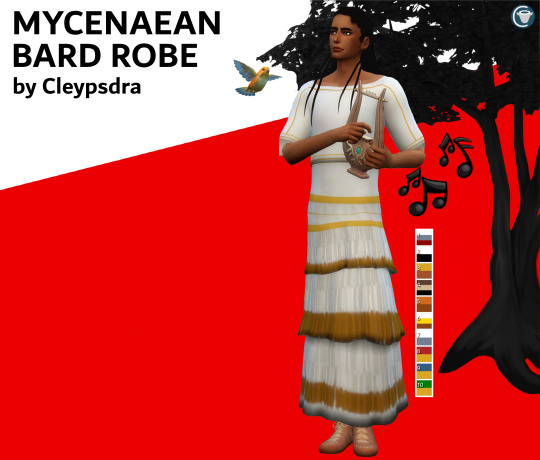
Mycenaean Bard Robe
A layered gown for your Mycenaean bard or priest.
Robe/Long Dress category
10 swatches
Base game compatible
Adult male
ROBE DOWNLOAD - Dropbox (no ads)
#MY CC#my cas cc#S4CC#TS4CC#SIMS 4#SIMS 4 CC#mycenaean#TS4MM#GREEK#GREECE#BRONZE AGE#TS4 HISTORY#TS4 HISTORY CC#TS4 HISTORIC#TS4 HISTORIC CC#TS4 CAS#TS4 MMCC#TS4 MALE CC#TS4#SIMS#S4MM#MAXIS MATCH CC#TS4 HISTORICAL#S4 HISTORY#S4 HISTORICAL#BASE GAME COMPATIBLE#mycenae#pylos#palace of nestor#nestor
154 notes
·
View notes
Text
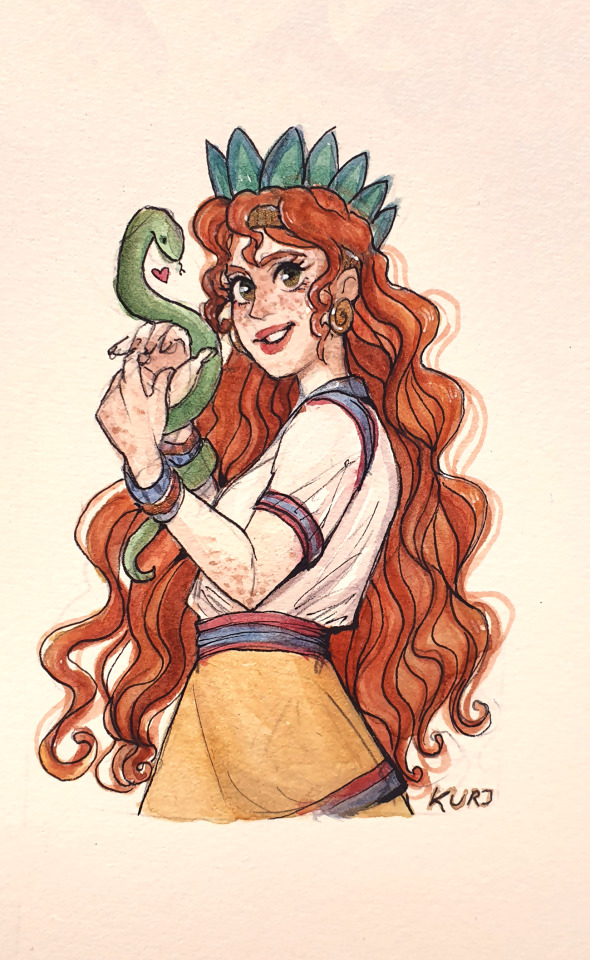
here's a lil Cassandra for @coloricioso!!
#mycenaean#tagamemnon#ancient greece#bronze age aegean#cassandra#coloricioso#i hope you feel better soon!!#my camera ruined the colors and i hope i didnt butcher her#theres golden paint that shines but cant be seen on pics aa#kurjdraws#its mycenaean but taggin as#my minoan art
215 notes
·
View notes
Note
Hey there, since you're an archeologist I tought you were the best person I could ask! Do you know something about minoic/mycenean/doric clothes? Like the different kinds that exist and what they're used for or by whom, what kind of fabric are used, what colors, etc,,,
I wanted to design some mythical characters, but I cannot find a reliable source or something detailed about them, so even if you could link me to some page, it would great! (Even if you don't it's no problem, I'm just trying haha)
Thanks ^^
Oh that is a very interesting question and rather wide so I will try to keep it compressed enough so it will not be boring or tiring! Of course the periods are connected to each other and at some point we sure are to expect the styles to co-intricate with each other (for example at several occasions Mycenaeans have very similar iconography as the Minoans -see for example ceremonial images - but as years pass they develop their own style and we see more commonly images with women and men have covered torsos as opposing to the almost always bare chests of minoan men and women.
Now "doric clothes" is a very wide category. As I said Doric Greek tribes descended from the north at around 1100 BC and they stayed ever since in history. Places like north Greece like Macedonia did speak in a Doric Greek dialect. So did the Spartans in the south who are some of the most famous examples of Doric Greek so their clothing depends on the era we talk about.
Of course when it comes to the Minoans (c.a. 3100 BC-1450 BC) we know little on society and such but we have a very rich set of depictions and decorations or statuettes that depict clothing. Men and women in frescoes are generally depicted in a similar manner with the Egyptian counterparts where women are pointed out with white pigment and men with red pigment (distinction that seems very useful in the infamous bull-leaping images where both men and women are dressed in a similar manner so the color differences are needed to point out the two genders (of course there are some professors who debate that fact but this theory is the most prominient one so far), for example I have seen also the suggestion that tan was preferred for men but not for women but I wouldn't be massively convinced on that idea as much but that is up to you.
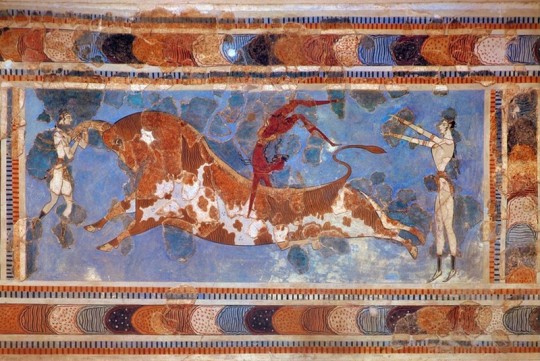
In sports images like this we see both men and women dressed in this loin-cloth material that leaves the torso bare so they will not get caught to the horns of the bull.
Of course one of the most famous ones is the so-called "Snake Goddess" which depicts a very common set of clothing:
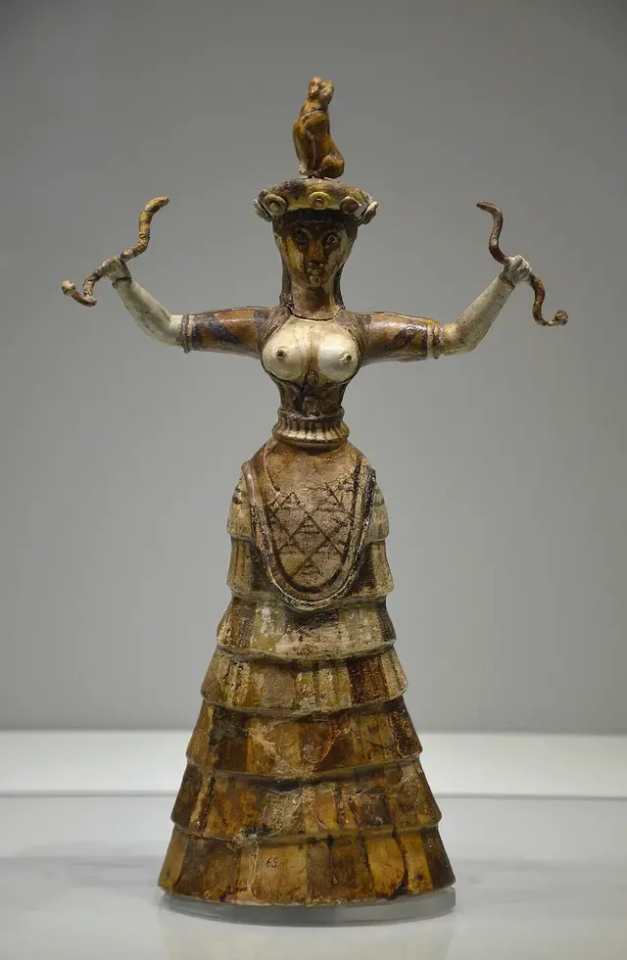
This is what we might call a typical set of clothing for the minoan period from what we know. A classical set is the full skirt with the intricate colorings and patterns, a corset-like garment that puts emphasis on the waist and supports the bodice and a typical short-sleeved top that leaves the breasts open. Although I believe realistically speaking we should expect simpler dresses for the lower clsses of women or that we can assume these types are more official or ceremonial it does seem like the Minoan civilization has less rules for modesty XD. Women had their hair long and arranged in braids or locks (there are even people who estimate that the minoans have some of the earliest depictions of locked hair in history) More often whatnot they arranged their hair with jewelry and from the frescoes we know they had very vibrant colors.

Judging from the coloring patterns and such I would say that woolen materials were used although looming comes in popularity in later years.
Women also wore a variety of accessories in their hair and bodies with beaded necklacess and golden earrings

We have actually some really beautiful examples of golden jewelry from that time
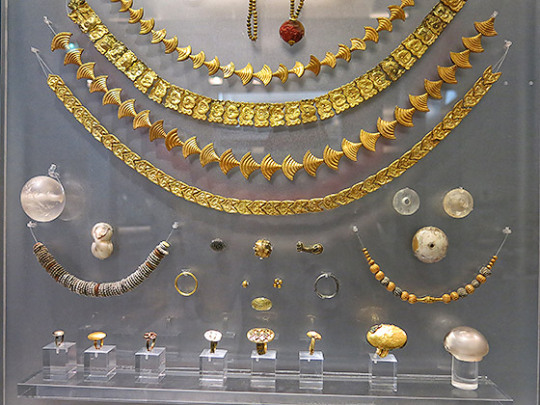
Or the famous "bees" pendant
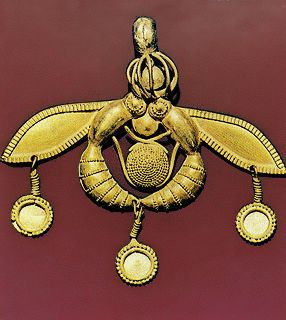
We can also safely assume that women wore makeup from the fresco discovered in Knossos that was named "Parisian girl" because of her red lipstick and jewelry

Now men also have very vibrant colors but by n large they are depicted bare-chested wearing usally skirts or loincloths around their waists as they perform their activities
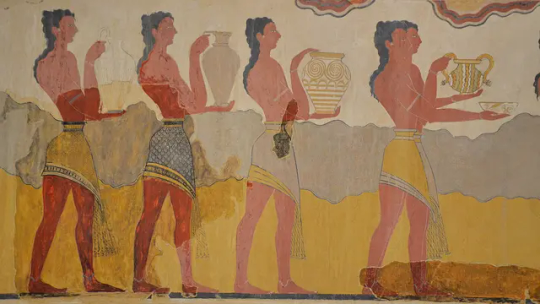
We see intricate geometric patterns in some of their clothes and we see they keep their hair also long and carefully arranged. We also see them most of the time clean-shaven and we do discover blades that we estimate they were used as razors so it seems that shaving played a big part in their culture. For men we do not see so vibrant depictions of jewelry but we do discover impressive sigil rings in their tomb. And of course there is the infamous "Prince with the Lillies"

Of course this representation was initially suggested by Arthur Evans and there is little to no guarantee that this is how it really looked like (the hat in particular has been commented by recent professors I interracted with, with a female type of hat) but it still remains a famous depiction to this day. The loin cloth that he is wearing resembles the bull fighters
Now do I believe it is possible they had warmer clothing for winter? Absolutely even if we do not see as cold climates in southern Greece especially at those times I believe one could assume some warmer garment to be worn but unfortunately is hard to tell from iconography only.
The Mycenaeans (c.a. 1700s BC-1100 BC) as I said before do have a very similar iconography to the Minoan times but later on they establish their own style. We do have processions such as the one discovered in the palace of Pylos in whic the procession of women is dressed up in an identical fashion with the minoan counterparts:

There seems to be the suggestion though that this kind of garments were mostly used by the elite class and/or for ceremonial purposes instead of everyday life. Which seems to be supported by the fact that we usually see heavily decorated women walk in processions. Instead we see more and more women covering their chests with bodices or with the dress itself such as below:

And this is a possible reconstruction:

We also see a variety of hairstyles like the one above with ladies wear their hair either in long locks or brushed like we saw before or gathered up in smaller buns and arrangements like the lady above. Other clothing such as this suggestion from Mycenae show even intriquette shawls or robes such as these:

Other chitons that have longer sleeves seem to be painted upon mycenaean statuettes as well.
With accessories we see also jewelry of gold or beads and on makeup we see examples of these rosettes or circular patterns on faces of women. I really like this project that seems to try and reconstruct Helen based on Mycenaean images:
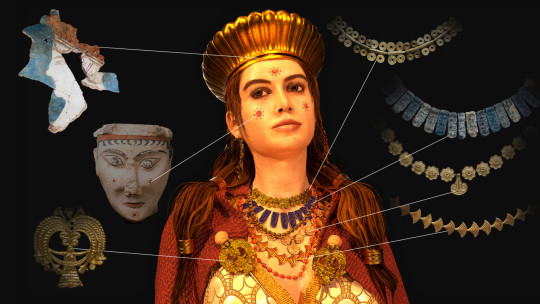

and the use of the woman head depiction for the makeup. Headbands crowns or impressive plummed hats were also a thing
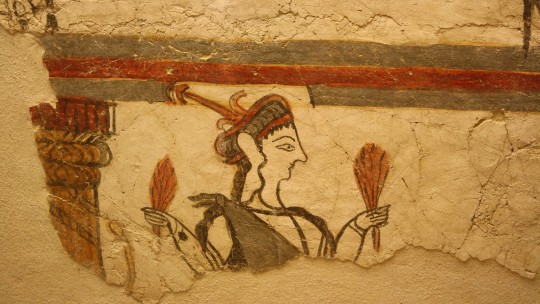
Men are quite similar and at the beginning they do resemble the minoan style but now there seems to be a turn towards hunting and war scene iconographically

where we see a variety of shields and weapons such as spears or bows also depictions of soldiers with armory:

which of course also has different shapes and materials from possibly leather ones such as these in the vase painting till full on bronze ones like this famous sample:
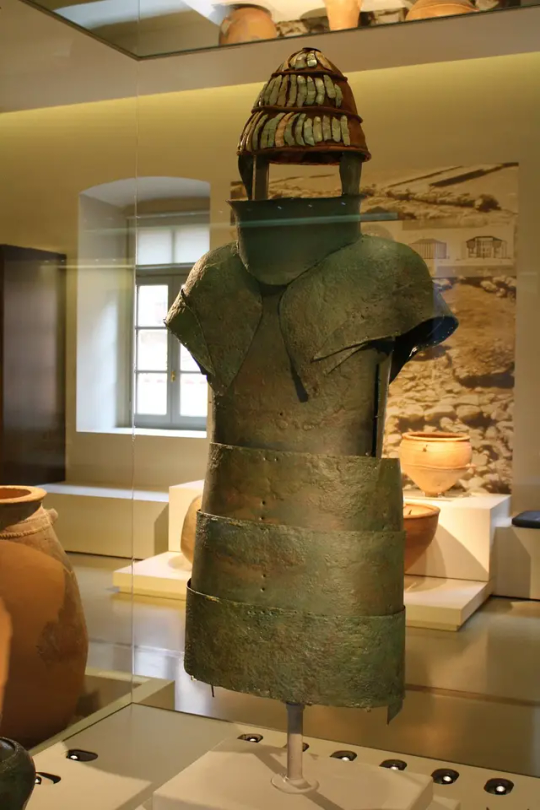
And of course the infamous boar-tusk helmet, like the one thoroughly described in the Iliad being the helmet upon the head of Odysseus:
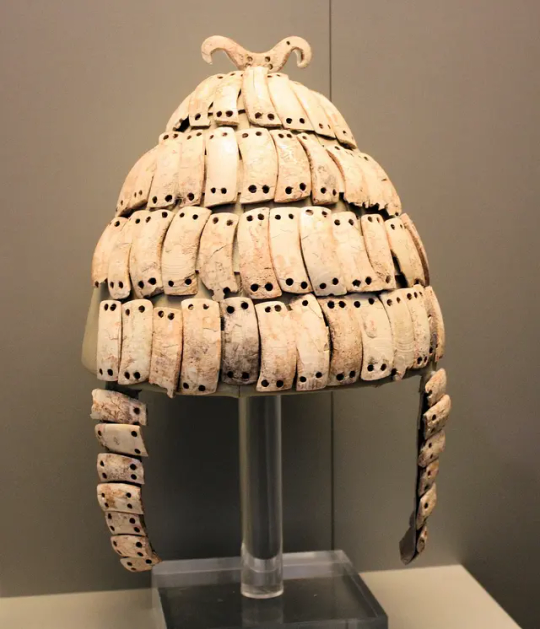
In fact Homer seems to be rather accurate on the description of it and it corresponds to the images of the vase painting with men wearing boar tusk helmets adorned with plumes and horns (yeah sweet irony how it was uncommon for Vikings to wear horned helmets and yet media depicts them with them while ancient Greeks did have horned helmets and no one depicted them with them! Hahaha!).
We also see the existence of beards to men so it seems fashion calls for beards in older men and shaven faces for younger ones which remains kinda the norm for the later years to come. Other depictions show men clothed in short nd short-sleeved chiton with or without helmets and often their clothing have vibrant colors:

Boar tusks began being kind of like a status symbol for we find many of them to burials along with weapons so we tend to believe they were signs for warriors.
For material now it seems that Homer was rather accurate depicting his women weaving and looming. The existence of loom weight in our discoveries show the woolen threads being famously used in looming and we even discovered funeral shrouds (like the one Penelope ellegedly wanted to prepare for Laertes) in burials in burial circle B in Mycenae
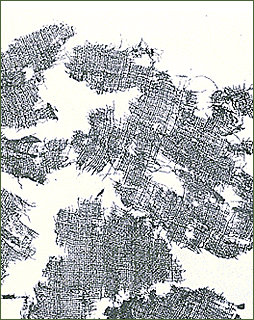
patterns were often painted or loomed upon the skirts or clothing. Flax was also another material one would expect was used at that time for clothing-making. One can assume fur or other materials from hunted or farmed animals would be used for warmth at colder months especially in cities located inside the mainland.
Thankfully for us the mycenaean greek scripture (Linear B) is deciphered so we do know on products moving from and to the palace (unfortunately the scriptures we have are mainly logistics)
So to do a recap yeah minoan and mycenaean clothing had really vibrant colors and intriquate patterns. By n large Mycenaean Civilization has simpler lines to the clpothing and tend to choose options with less nudity unless we speak on ceremonial or official dresses of the upper class (of course exceptions to the rule should have existed but we do not have as much data on it). On materials we see more wool or flax that is woven in a very skillful fashion as for armory and helmets we do see a variety of shapes and material with prominient things being leather, bronze and boar tusk.
Beautiful jewelry of gold and precious stones were also worn especially in the images of women in procession (most likely for celebrations or ceremonies). We do see depictions of men with beards and often shorter hair (possibly youths that have come of age who are to let their hair grow again, if they follow the same logic as we know of future times to follow)
Hair and hair fashion does seem to change although we discover some remains of it to the later 7th century Kouroi and Kores statues where Kouroi have often long hair depicted n ringles or ropes which again could be the indication of curly, braided or locked hair to indicate the continuation of the long-haired fashion even in later years in antiquity such as the archaic period.
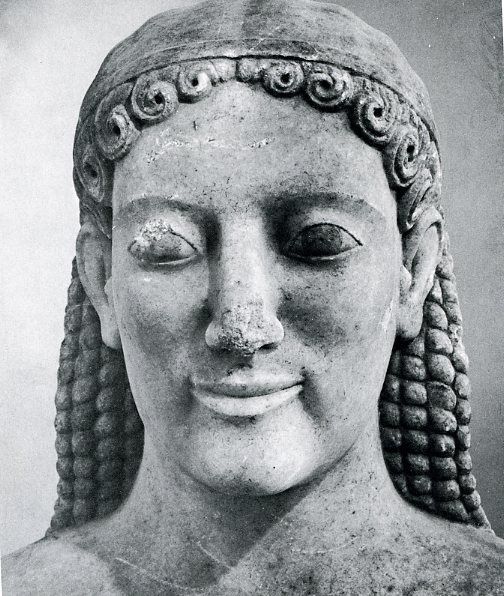
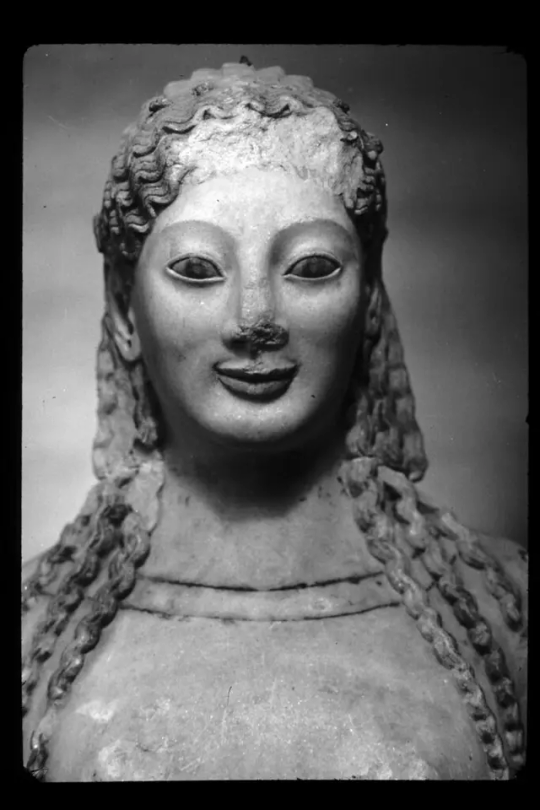
Now as I said before doric greek clothing highly depends on the area, the timeline and the city-state we are talking about so it could be a subject on another ask or a reblog on specific eras and areas (Sparta Macedonia etc) depending also on the era we are talking about we can detect some differences in fashion. Generally we have more scarce information on the period of the Dark Ages (after 1100s till the 7th century BC)
For Minoans and Mycenaeans I could look for more bibliography if you want. You can check these two sites where you can find much of the information I list here:
I hope this helps a bit! I will be open for more answers in more detail! ^^
#katerinaaqu answers#greek mythology#tagamemnon#archeology#mycenaeans#minoans#minoan and mycenaean fashion#ancient greek clothing#ancient greek art#ancient greek armors#ancient greek pottery#ancient greek murals#ancient greek jewelry#history#bronze age greece#ceramic art#wallpaintings#visual art#art history
42 notes
·
View notes
Text

Artemis, inspired by Late Bronze Age Art artwork.
Some interpretations of the Bull Leapers from Knossos suggest that the white skinned figured are women - potentially girls permitted to don typically male garb for sports. Hence, the inspiration for Artemis' garments. Like at Knossos, yellow is chosen, a colour likewise tied with Artemis. The hair is inspired by the Late Cycladic wall paintings from Akrotiri. The shaved haircut has been suggested as a sign of youth (although I think this may be outdated - I need to chase this up). The idea is to symbolise Artemis' role as protectress of maidens/girls/young women. Personally I think it looks a bit like a snake which ties in with the Snake Goddess statuettes. The glass beaded necklace is light blue and she wears silver armbands. Silver has been suggested to have ties with the moon (a later association with Artemis) and light blue can also provide a similar connection.
51 notes
·
View notes
Text
I was investigating old Mycenaean frescoes when suddenly something caught my eye.

Is that

Is it me or does her necklace look like it has tiny ducks? Or am I just seeing things?
#it would be so cool to think ancient women were wearing cute duck necklaces#even if I am seeing things I’m going to pretend it’s absolutely true#mycenaean#Bronze Age Greece#greek mythology#because I’m going to imagine helen of Troy/Sparta wearing this#the Iliad
341 notes
·
View notes
Text
So, the Myrmidons are said to have been descended from ants that were turned into humans by Zeus. As much as some people like to depict them as humanoid ants, they are explicitly stated to look completely human, just with the *soul* of an ant. For almost my entire life I never really questioned that notion much further than surface level. However, I recently had a thought pertaining to the Odyssey that I can’t get out of my head.
When Odysseus met all of his departed friends in elysium, was Achilles an ant?
Like when Odysseus saw his former brothers in arms in spectral form, did he go “Where’s Achilles?” And then notice that Patroclus was carrying an ant? Was he surprised, Or did Odysseus go into the Greek afterlife fully expecting Achilles to look like an ant? He would have known about the Myrmidons’ whole soul situation; did he assume it was all metaphorical until he saw Achilles’s soul as an ant? Was he like, “Oh I guess it’s literal that’s fucking weird.”
Did the Myrmidons souls even take the form of ants, or did they just retain all their ant like qualities? I have so many questions.
#the illiad#the odyssey#odysseus#ancient history#greek mythology#bronze age#mycenaean#achilles#patroclus#patrochilles#agamemnon#ajax
113 notes
·
View notes
Text

Solar ship of the Bronze Age (2024)
Depictions of the solar ship were typical for many Bronze Age cultures (from Scandinavia to Mesopotamia and Egypt). I was inspired to create this painting and further research on the topic of solar ships by the Nebra sky disk.
#marysmirages#painting#mycenaean greece#minoan greece#bronze age#nordic bronze age#scandinavia#solar ship#ship of the sun#egypt#minoan#mycenaean
294 notes
·
View notes
Text

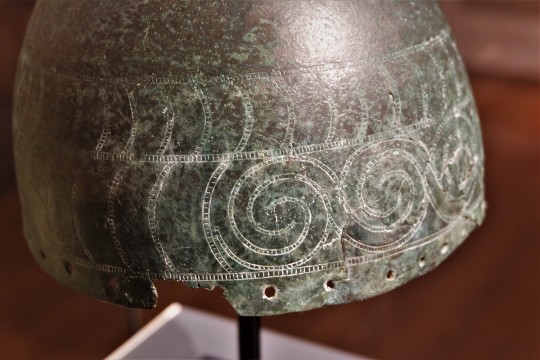
Bronze Helmet from Greece dated between 1400-1300 on display at the Ashmolean Museum in Oxford, England
This rare bronze helmet from the Aegean area of mainland Greece and the Greek islands has intricate punched decorations of bands of crescents, imitating the appearance fo boars' tuck helmets. These featured sections of tusks attached to a leather base and are often shown in Aegean art. The Greek poet Homer tells us Odysseus wore a helmet of leather, strengthened with boars' tusks, during the Trojan War (Illian 10, 260-264).
Real boars' tusk helmets have been found in tombs at Mycenae in the Peloponnese area of Greece and other Aegena sites of the Late Bronze age (1600-1200 BCE). The only close parallel to this bronze helmet was discovered by Sinclair Hood during excavations of a grave near the palace of Knossus on the Island of Crete, and dated to about 1450 BCE.
Photographs taken by myself 2019
#armour#armor#archaeology#art#fashion#ancient#military history#bronze age#greek#greece#mycenaean#ashmolean museum#oxford#barbucomedie
265 notes
·
View notes
Text
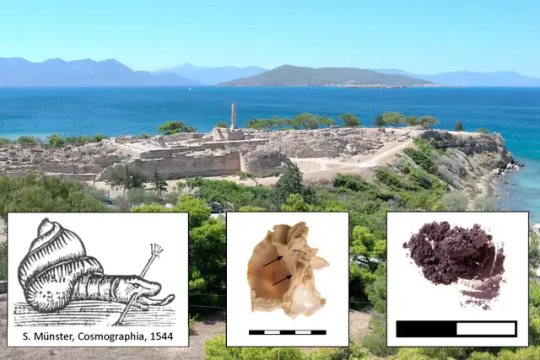
In This Ancient Workshop, Greeks Crushed Snail Glands to Make the Purple Dye Worn by Royalty
Archaeologists discovered remnants of a 3,600-year-Old Dye factory on an island in Greece.
On an island in Greece, researchers have discovered a 3,600-year-old workshop that once turned out a rare purple dye coveted by royalty—and made from snail glands.
Archaeologists were excavating recently in the Bronze Age town of Kolonna, on the Greek island of Aegina, when they discovered two Mycenaean buildings. As the researchers write in a study published in the journal PLOS ONE, the buildings date to the 16th century B.C.E., and the older one contained pigmented ceramics, grinding tools and heaps of broken mollusk shells: all indicative of a purple dye factory.



In this workshop, ancient Greeks produced the vibrant pigment known as Mycenaean purple—or, as the Romans called it, Tyrian purple. First manufactured by the Phoenicians in present-day Lebanon, the dye was extracted from the mucus of the Mediterranean’s carnivorous sea snails. Across the region, only the rich owned anything dyed Mycenaean purple, as the color’s production was painstaking.
As Roman historian Pliny the Elder once wrote, thousands of snails were required to produce a single ounce of purple dye. Its creators had to crush snails’ shells, extract their tiny glands, mix them with salt water and let the concoction steep in the sun, per the study. The result was a “deep purple, lilac or dark red color,” which was used on textiles and paintings, study co-author Lydia Berger, an archaeologist at the University of Salzburg, tells Popular Science’s Laura Baisas.
The fragments of pottery the researchers found on the site were probably containers for dye. As Berger notes, the pottery’s pigments are so high-quality that they could still be extracted and used to dye clothing today. The site also contained stones used for grinding, a waste pit and piles of crushed snail shells.
Eventually, snail purple would become the color of royalty. In the first century C.E., Roman Emperor Julius Caesar named Tyrian purple his official color and inspired successive emperors to don the same hue. But back in the 1500s B.C.E., the color was just beginning to be produced.


At the time, Kolonna was a dense, fortified small town, says Berger, whose inhabitants produced and traded lots of different handcrafted products and raw materials like Mycenaean dye, which wasn’t yet exclusive. Though the dye factory is in an urban area—an oddity among dye workshops—its coastal location is ideal for purple production. As the researchers write, snails had to be caught and kept alive until their glands were harvested.
By analyzing the shells in this particular workshop, researchers concluded that just one snail species was used there: the banded dye-murex. Interestingly, it wasn’t the only animal killed at the site. As Newsweek’s Aristos Georgiou writes, archaeologists also found the burnt bones of several piglets and lambs. Researchers suggest these young mammals were sacrificed in the workshop as part of a ritual, meant to somehow bless the dye’s production.
As they write in the study, the ancient site not only proves that purple dye was manufactured in cities, but also provides “new insights into the technological and possibly spiritual background of the process.”
By Sonja Anderson.

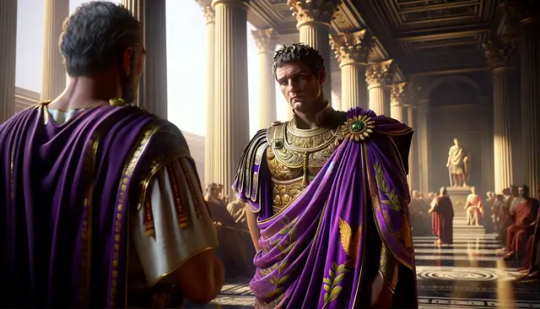

#Archaeologists Discovered Remnants of a 3600-Year-Old Purple Dye factory in Greece#Bronze Age town of Kolonna#Greek island of Aegina#purple#Mycenaean purple#Tyrian purple#ancient artifacts#archeology#archeolgst#history#history news#ancient history#ancient culture#ancient civilizations#ancient greece#greek history
22 notes
·
View notes
Text

Sieve jug, Mycenaean Greece, 1250-1200 BC
from The J. Paul Getty Museum
175 notes
·
View notes
Text

"Phi" Figurine
Mycenaean; Late Bronze Age (Late Helladic period; c. 1400-1200 BCE); terracotta; 11.8 x 5.1 x 3.2cm
Currently in the collection of the St. Louis Art Museum (St. Louis, Missouri, USA), accession no. 117:1951
#archaeology#art#classical archaeology#greek#isaac.txt#ceramics#ceramika#bronze age#bronze age archaeology#mycenaean#phi figurine
16 notes
·
View notes